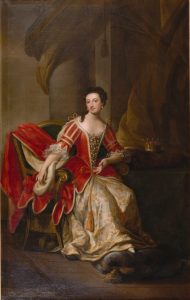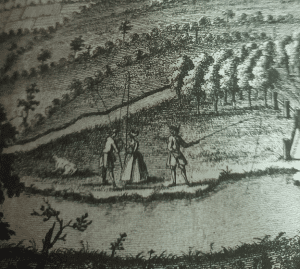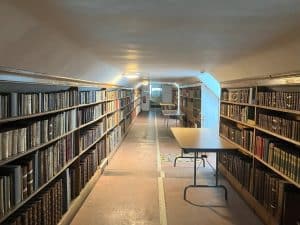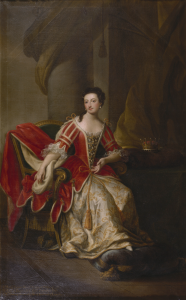Holkham Bricks Story
May 21, 2020 | Treasure tales and archive snippets | 4 minute read
Over last winter, much planning, research, creativity, building and painting went on to transform what was the ‘Field to Fork Experience’ into the ‘Holkham Stories Experience’. While you are unable to visit in person to enjoy the new displays, we are sharing some of our favourite Holkham Stories with you to enjoy at home. Here is the wonderful Holkham bricks story.
Did you know that Holkham Hall is made from the very earth of its estate?
Many Palladian style buildings in the 18th century were built of Bath stone, giving them a very similar look to the temples of ancient Rome and the villas of Italy from which they drew their inspiration. So why wasn’t Holkham Hall built of stone? Letters in our archives show that the cost and logistics of transporting stone all the way from the west country to north Norfolk were just too prohibitive. Therefore, Thomas Coke (the builder of the hall) and his architects came up with the brilliant plan of building Holkham Hall from brick, in a style to replicate a stone building.
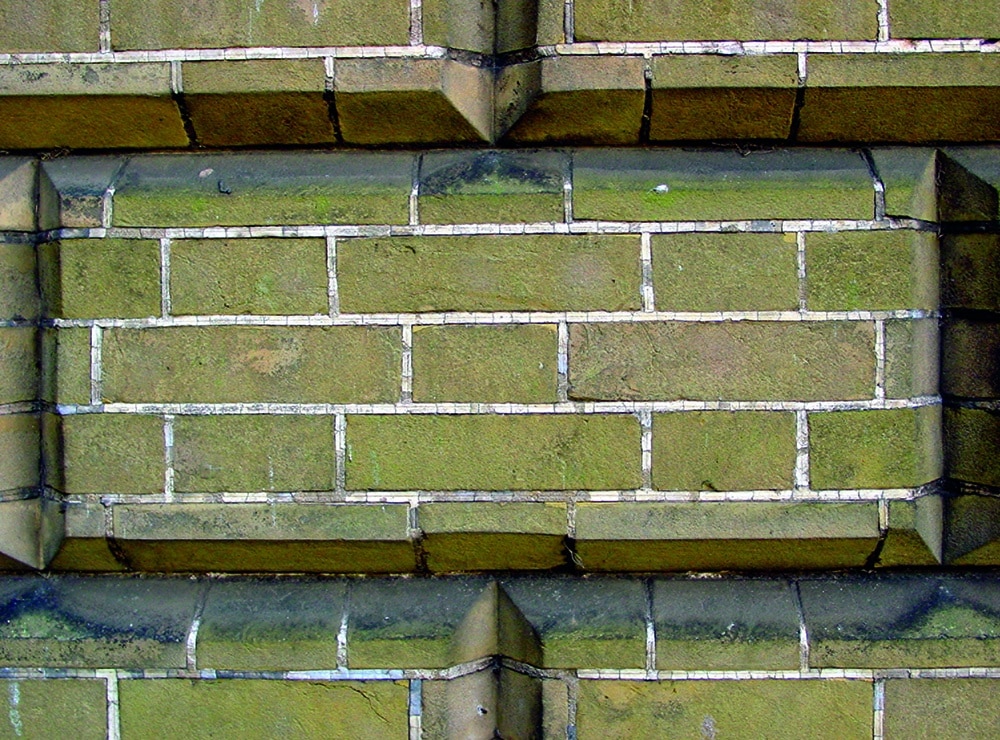
Zooming in on Holkham Hall’s bricks
In 1725 Thomas Coke bought a brick kiln and in 1730 it was producing white bricks for the Temple in Holkham Park. Soon after, another brickworks opened in Burnham Norton where much of the brick clay was dug. As each clay pit was used up, it was closed and the brick makers moved on somewhere else.
It wasn’t always simple though. Making white bricks, like those used to build the Temple, was a very specialist skill. Brickmakers needed to use a particular clay, found on the estate, which contained the necessary minerals that when placed appropriately in the kiln and fired would make white bricks. Of the 8,000 bricks fired, less than a tenth were suitable for the construction of the Temple.
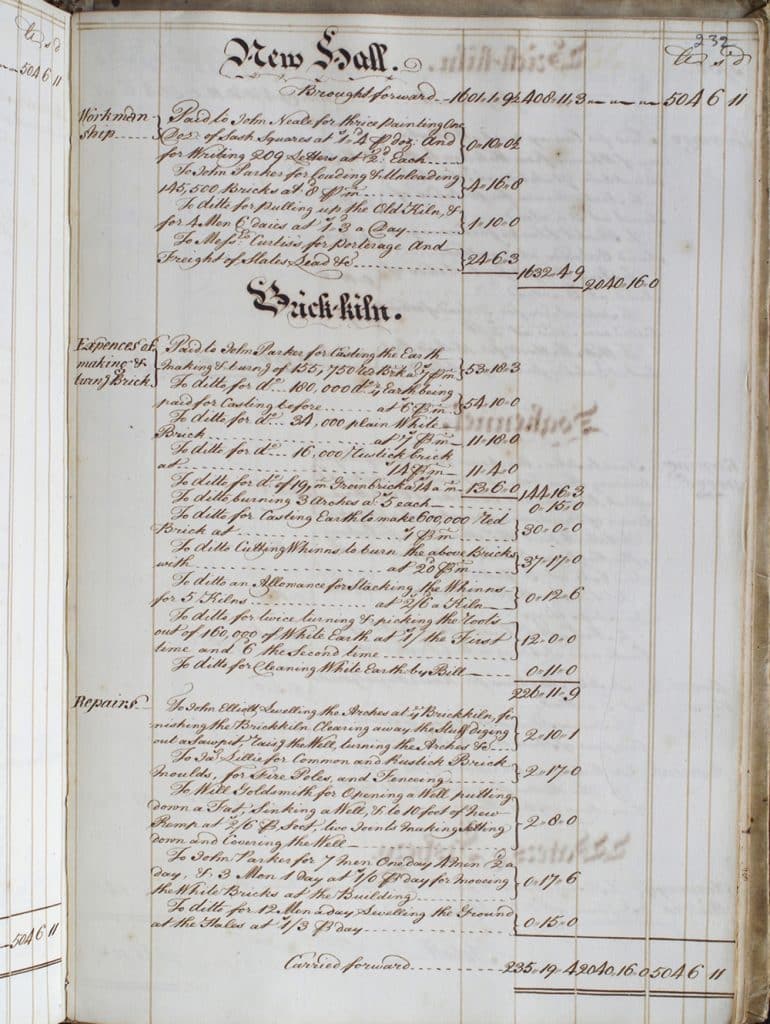
A typical page from the building accounts in 1750 showing expenditure on brickmaking
Local brick maker, John Parker became one of the heroes of Holkham. He started working for the estate in 1728 and within two years was producing white bricks for the Temple and garden porches. He worked for the estate for over thirty-four years and made most of the bricks used in the Hall.
The exact location of Parker’s brickworks is not known, although a century later the names of Brick Kiln barn, yard and pasture were used towards the east side of the park.
Over a period of 34 years at least 2.7 million bricks were made for the construction of the Hall with at least five kilns in production in 1752. Lime to make mortar for laying the bricks was produced at the estate’s lime kilns, using local chalk. With such a massive operation underway, there was enough capacity to make bricks commercially, and these were sold through a London agent.
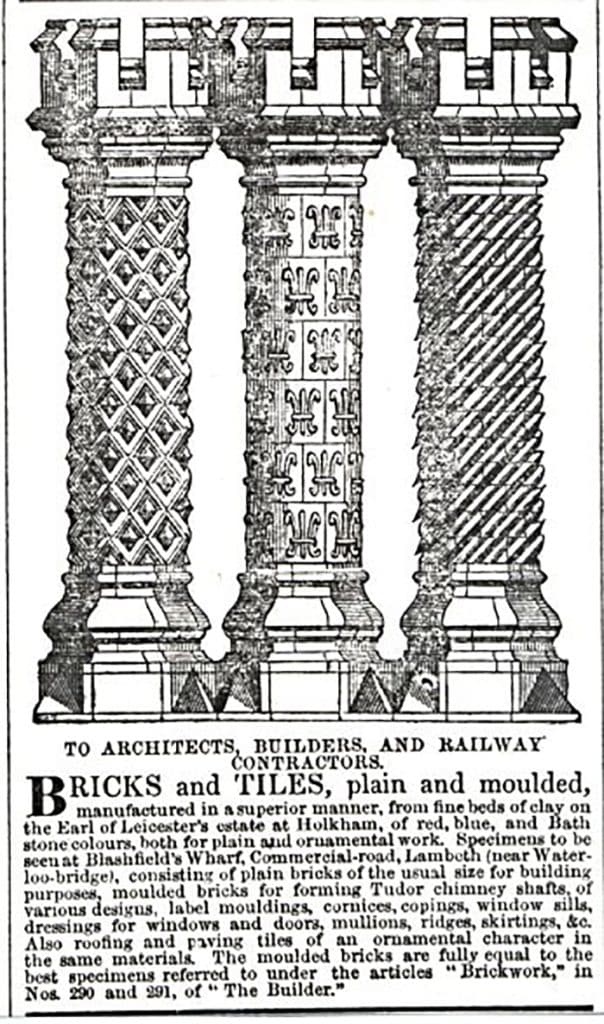
An advertisement for bricks and tiles – note they are available in ‘Bath stone colours’
Building in the style of a stone building, with angles, details, different shapes and sizes, was no mean feat. A massive 140 different shapes and sizes of bricks were used, all created using specially designed moulds.
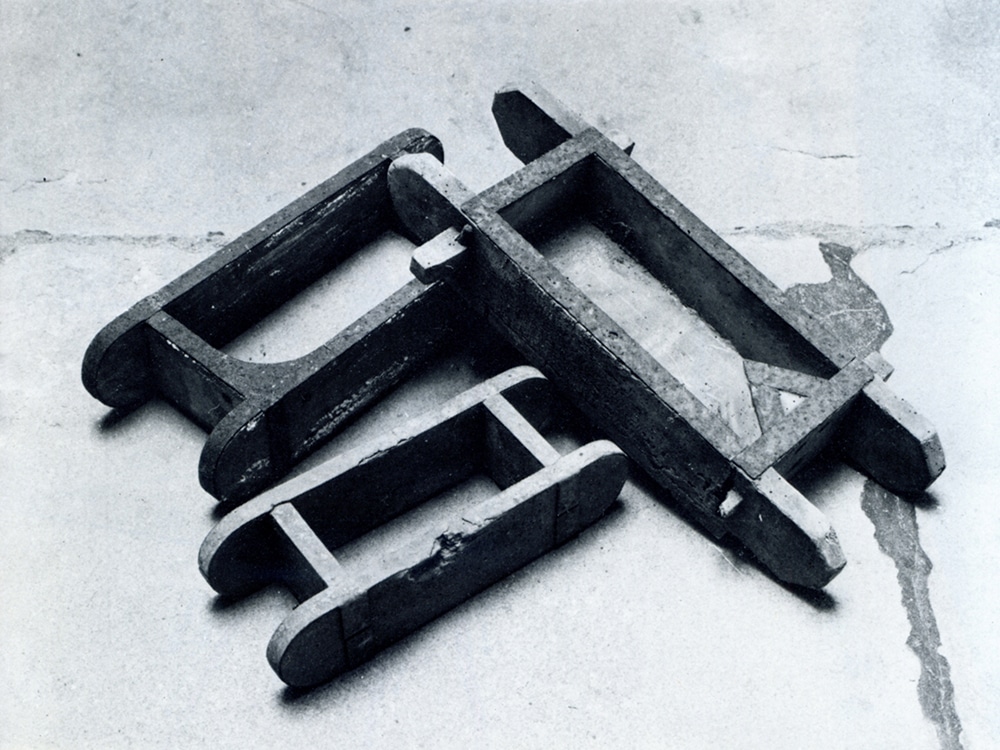
Just a few of the 140 brick moulds used to build Holkham Hall
Throughout the nineteenth century and until the 1950s, the estate brickyard was located just outside the park opposite Peterstone Farm. The brickyard had one kiln, four drying sheds, a steam engine house, railway siding and large clay pits linked by tramways.
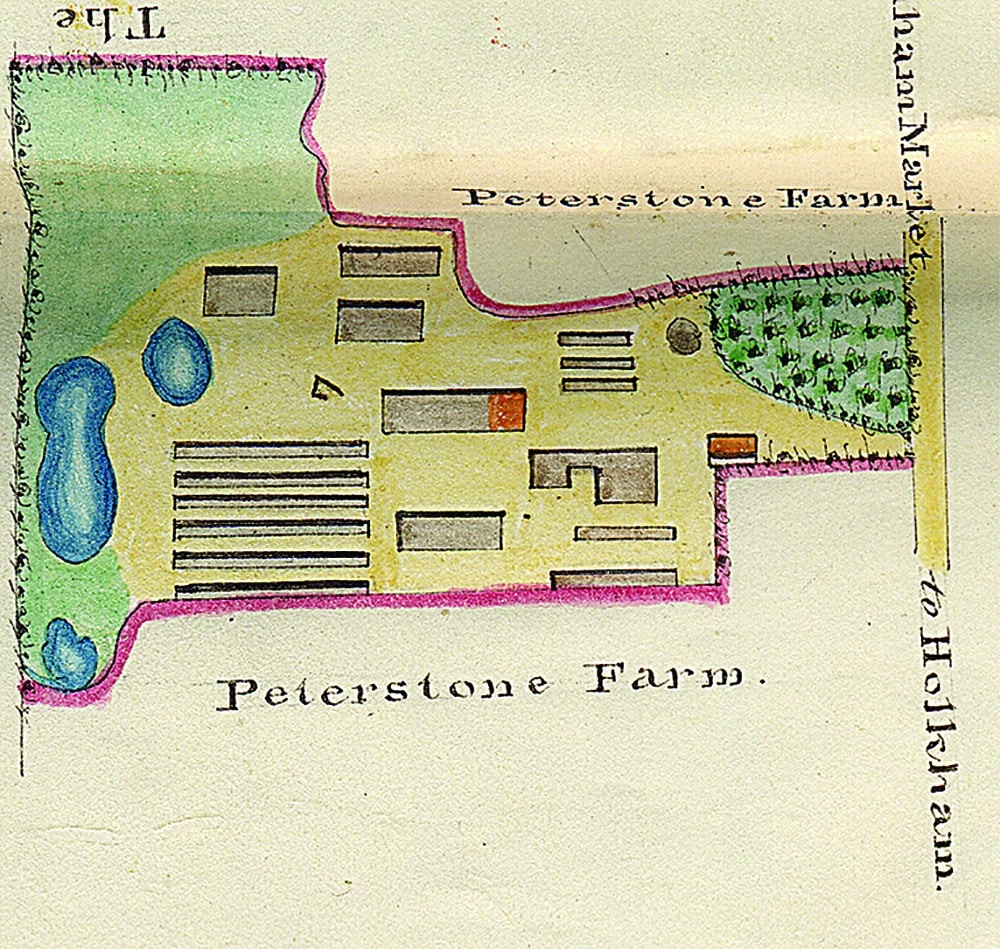
Plan of Peterstone brickyard
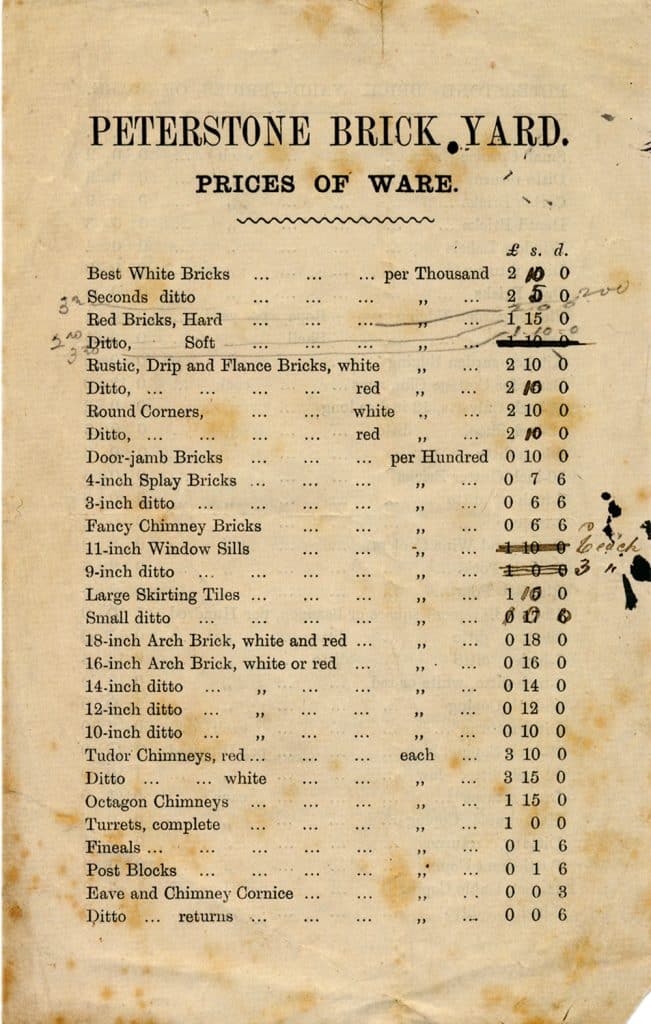
Price list for Peterstone brickworks in 1888
Today, when new bricks are needed for repairs, a specialist company, The Bulmer Brick and Tile Company Ltd, based in Suffolk, is commissioned to supply handmade bricks using traditional methods.
View all latest blog posts here.
